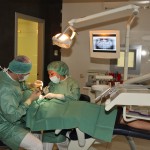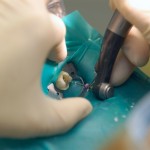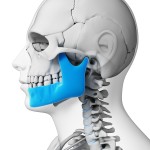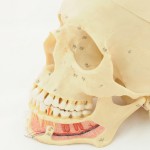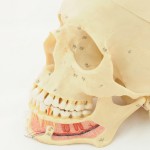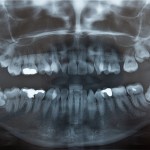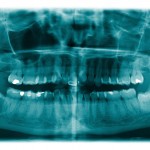
This review of coronectomy versus extraction of third molars in patients at increased risk of inferior alveolar nerve (IAN) injuries included 42 observational studies. The findings indicate lower a reduction in the odds of IAN sensory loss in favour of coronectomy and an increase in the odds of surgical reintervention.
[read the full story...]